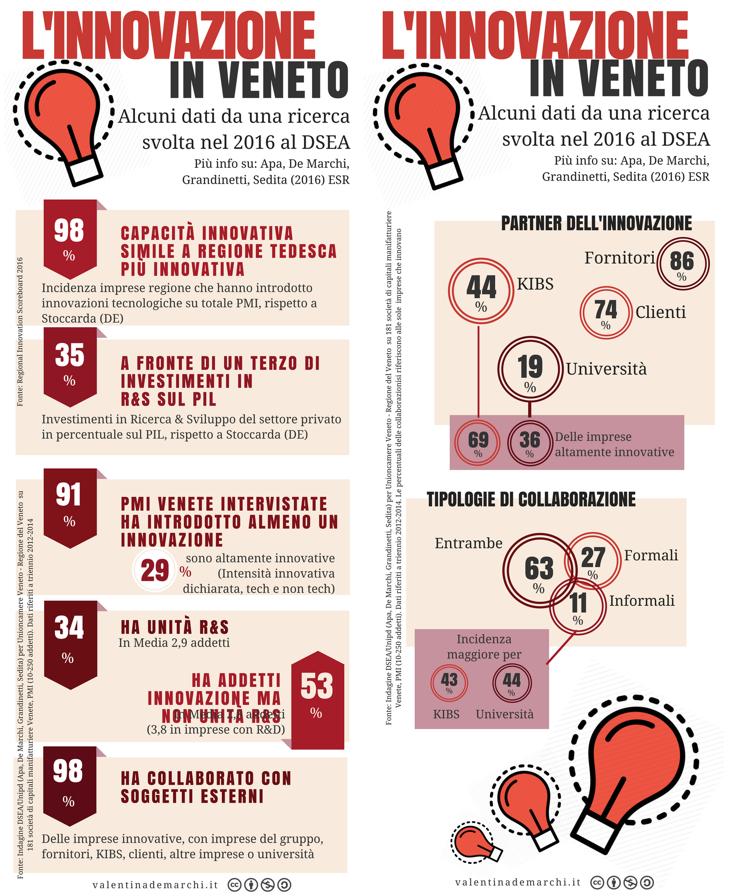In a recent California Management Review article we review what impact we shall expect COVID19 will have on Global Value Chains on how to interpret the transformations that are taking place. Here the incipit of the LSE Blog that discuss on it.
“Far from uprooting the system, Covid-19 is bringing in a renaissance period which will result in transformed, and in some areas stronger, value chains which will deepen the roots of globalisation.
Introduction
The relentless onslaught of the COVID-19 pandemic has stressed our social and economic institutions in an unprecedently profound and pervasive manner. Who would have thought in the BC (Before COVID) era that globalisation, the core tenet of modern economic structures, would come under such intense scrutiny? Who would have thought that global value chains, which have enabled products made thousands of miles apart flow without interruption to consumers, would come to be viewed as a serious threat to human well-being?
To be sure, concerns about globalisation and global value chains are as old as the phenomena themselves, but these concerns had generally remained confined to the intellectual sphere with occasional seepages into political campaigns. The onset of COVID-19 steeply scaled up the anti-globalisation rhetoric and brought it in the public sphere. Calls for rethinking how countries should organise global value chains to reduce heavy reliance on foreign suppliers became all too common. Some commentators even hastened to write obituaries of global value chains. But are phenomena such as empty toilet paper shelves evidence of globalisation being wiped out?
Our answer to this question is an unequivocal ’No’, though in the same breath we add that globalisation will not be the same in the post-COVID era. Some – nontrivial – changes in global value chains are imminent. As a broad statement, we think that robustness, resilience, and social justice will be three critical pillars of global value chains in the future. Overall, we envision that COVID-19 will result in transformed – and perhaps even stronger – value chains, which will deepen the roots of globalisation rather than uproot it. “
Read the full text of the LSE blog article here: https://blogs.lse.ac.uk/gild/2022/05/09/covid-19-will-transform-not-break-global-value-chains/

